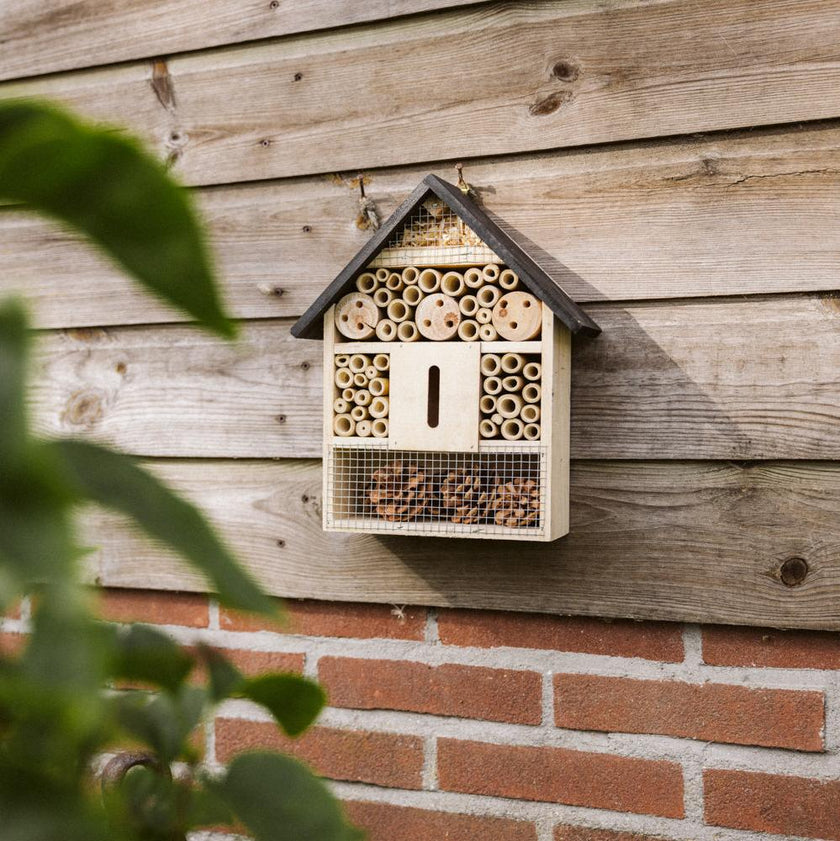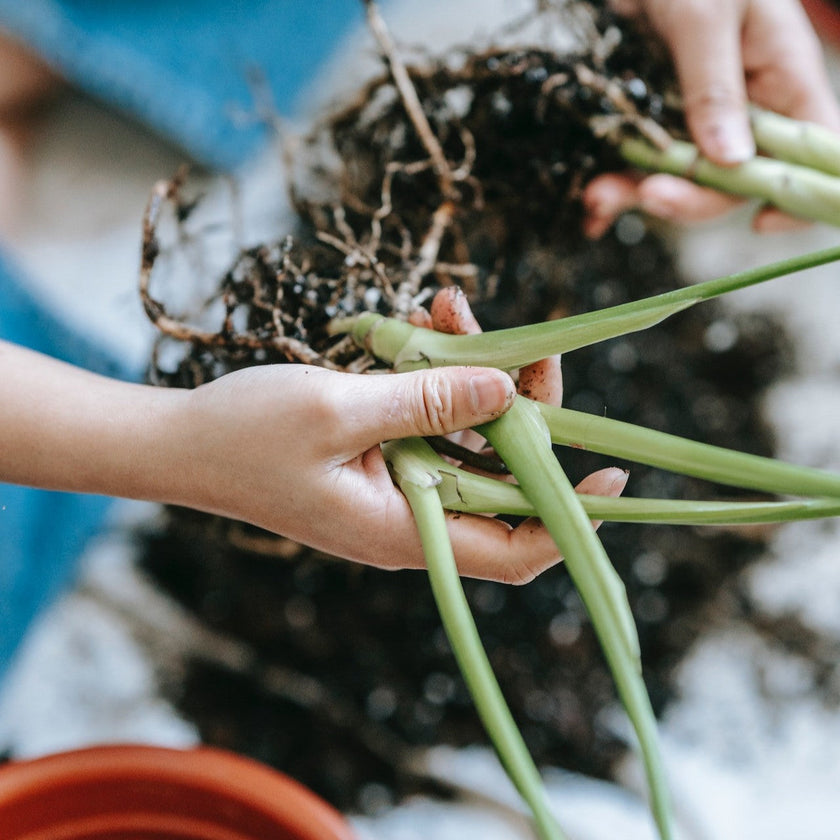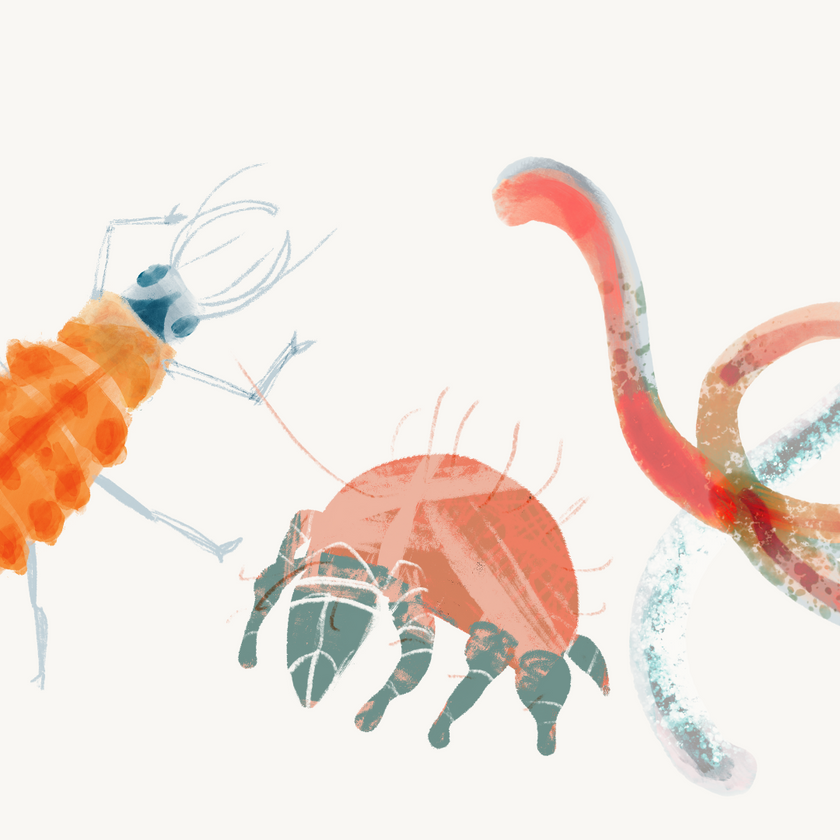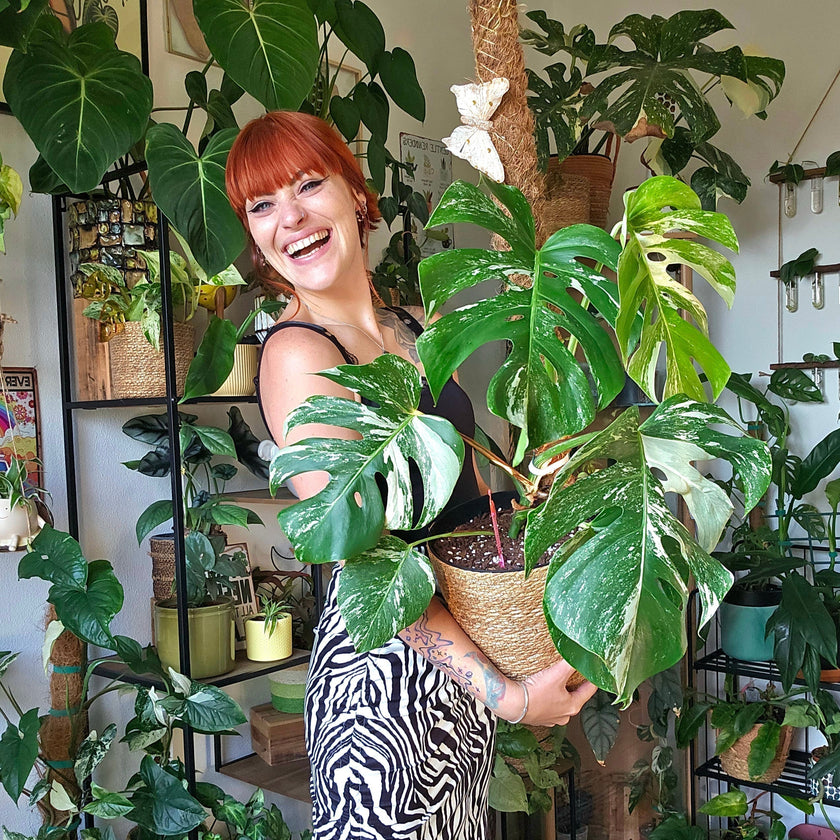Houseplants are a beautiful addition to any interior, but keeping them healthy can sometimes be a challenge. If you notice that the leaves of your plant are turning yellow or brown, this may have several causes. Pests such as thrips or spider mites are a common problem, but there are also other factors that contribute to the health of your plants. Let's look at the different causes of yellow and brown leaves so you can take better care of your plants.
Yellow spots in the middle of the leaf
If you see yellow spots in the middle of your plant's leaves, it could indicate an infection or a lack of nutrients . Fungal or bacterial infections often cause these spots. Check your plant regularly for signs of mold, such as a white, fluffy layer on the ground or black dots on the leaves. If you suspect an infection, it is important to remove affected leaves and treat the plant with a suitable product. The picture below shows an example of downy mildew (a fungus) on vine leaves.

Another possible cause is a lack of essential nutrients such as nitrogen, magnesium or iron. Consider using a liquid fertilizer specific to houseplants to make up any deficiencies.

Even yellow leaves
Smooth yellow leaves can be the result of overwatering or insufficient light . Overwatering is a common problem that leads to root rot, which prevents the plant from absorbing nutrients. Make sure you don't water the plant too often and that the pot has good drainage. Allow the soil to dry out a little between waterings.
Insufficient light is another common cause. Most houseplants need bright, indirect light to thrive. Try placing your plant closer to a window, but avoid direct sunlight as this can burn the leaves.

Brown edges on the leaves
Brown edges on the leaves are often a sign of dehydration or too low humidity . Houseplants such as ferns and tropical plants need higher humidity to prevent the edges from drying out and turning brown. You can increase the humidity by using a humidifier or by regularly spraying the leaves with water. Also place the plants together, as this can increase the humidity around the plants.
Another cause of brown edges can be too many salts from fertilizers or hard water. Rinse the plant soil regularly with clean, filtered water to remove excess salts and preferably use rainwater or distilled water for watering your plants.

Or are they bugs after all?
Thrips are small creatures that can also cause spots on the leaves. These are often grayish to brownish spots with black dots in them. The black dots are the droppings of thrips. Do you see elongated yellow or black creatures walking on the plants? Then there is a good chance that you are suffering from thrips.

Conclusion
By paying attention to these signals and causes you can keep your houseplants healthy and beautiful. Remember that a healthy plant is more resistant to pests and diseases, so proper care is the first step to success! Are you still unsure about what is bothering your plant? Please send us photos of your plant via the contact form and we will be happy to help you.

















































